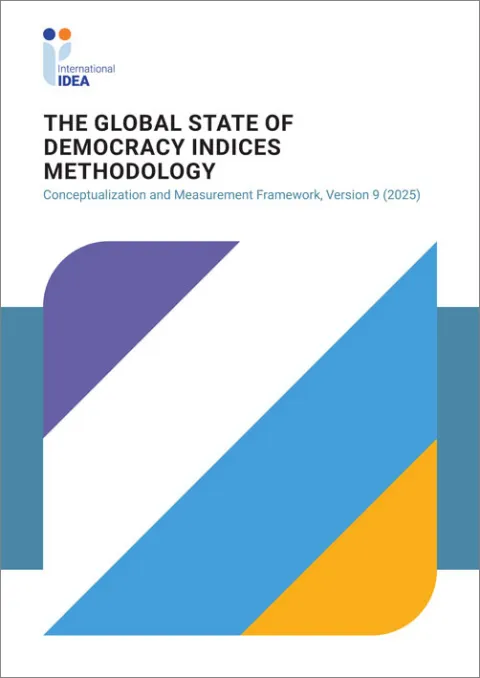Political Gender Equality and the Global State of Democracy Indices
The key findings on political gender equality derived from the most recent update to the Global State of Democracy (GSoD) Indices data are as follows:
- Gender equality, as measured in the GSoD Indices, has seen remarkable progress over the past 42 years, and every region has experienced some improvement.
- Latin America and the Caribbean, Africa, and North America (in descending order) are the regions that have most increased their Gender Equality scores since 1975. The Middle East and Iran, and Asia and the Pacific, have shown the slowest rate of increase.
- Although all regions have seen improvements in their Gender Equality scores, inequalities between regions have persisted since 1975, with only Latin America and the Caribbean improving its standing relative to other regions.
- Women’s representation in the lower chamber of parliament has grown dramatically across all regions since the mid-1990s.
- There are 28 per cent of countries in the world with parliaments where women are above the critical minority threshold of 30 per cent; in 1997, this figure was just 3 per cent.
- The participation of women in executive cabinets has also seen dramatic growth in the last 20 years, although the rate of improvement is much slower than in the legislative branch.
- Eight countries that have high levels of women in parliament perform poorly on other measures of democracy. In these countries, the political agency of women may be limited even though they have access to political office.
- Despite having high levels of women legislators in the lower chamber, both Burundi and Nicaragua have seen their Representative Government scores fall significantly. In Burundi, this backsliding has also affected its Checks on Government and Impartial Administration scores, both of which continue to fall.
- Institutional aspects of democracy should be considered when examining gender equality. This allows a nuanced understanding of the political agency of women.
- The Social Group Equality subcomponent should be considered when analysing gender equality—this can shed light on whether gender equality is reaching all segments of society.
In November 2017, International IDEA launched the first edition of a new biennial report, The Global State of Democracy. The report provided evidence-based analysis and data on the global and regional state of democracy.
This GSoD In Focus showcases data on gender equality derived from the GSoD Indices, which now covers a total of 158 countries for the period 1975–2017. More detailed analyses of regional findings will be included in the second edition of The Global State of Democracy, which will be published in November 2019.
Details
Contents
Key facts and figures
Summary of findings
1. The GSoD Indices Gender Equality subcomponent
2. Overview of trends in Gender Equality measurement
3. Trends in women in political office
4. Women in political office and levels of other democratic performance
5. Conclusion
References
Where to find the data
Give us feedback
Do you have a question or feedback about this publication? Leave us your feedback, and we’ll get back to you
Send feedbackPolitical Gender Equality and the Global State of Democracy Indices

| Total views | 22303 |
|---|---|
| Downloads | 76 |
| Rating |
Give us feedback
Do you have a question or feedback about this publication? Leave us your feedback, and we’ll get back to you
Send feedback











